This week, I’m divulging the framework we use to help our clients become more efficient and accurate in their Estimates Process. I’ll outline how you can install this process so that your estimating system improves over time.
So, get ready to spend less time creating estimates while getting increasingly accurate outcomes!
About Me:
I am co-founder and CEO of Parakeeto and fractional COO at Gold Front – a creative agency working with top tech companies in San Francisco, including Uber, Slack, and Google.
In addition to being an agency profitability consultant – specializing in helping agencies get a handle on their gains – I’m also an in-demand keynote/virtual speaker and podcaster.
When I’m not helping agencies make more money, I’m probably binge-watching soothing sitcoms while consuming my own weight in breakfast confections. I mean, who isn’t at this point?
Points of Interest…
You know the drill… there’s more info regarding each point in the blog notes below!
- The Necessity of an Estimates Process 0:40
- Scoping Metrics 2:35
- Collecting Estimates Data 3:41
- Garnering Team Feedback 5:47
- Installing Estimates Process 6:28
- ‘Estimate By Parakeeto’ tool 9:27
The Necessity of an Estimates Process
Increasing predictability is the name of the game when scaling your business. Oftentimes, I see agencies struggling with the amount of time spent on building estimates – and that’s costly. The other challenge around estimates is that there’s a correlation between effort and accuracy. But it doesn’t have to be that way.
So, in this Solocast, you’re going to learn how to…
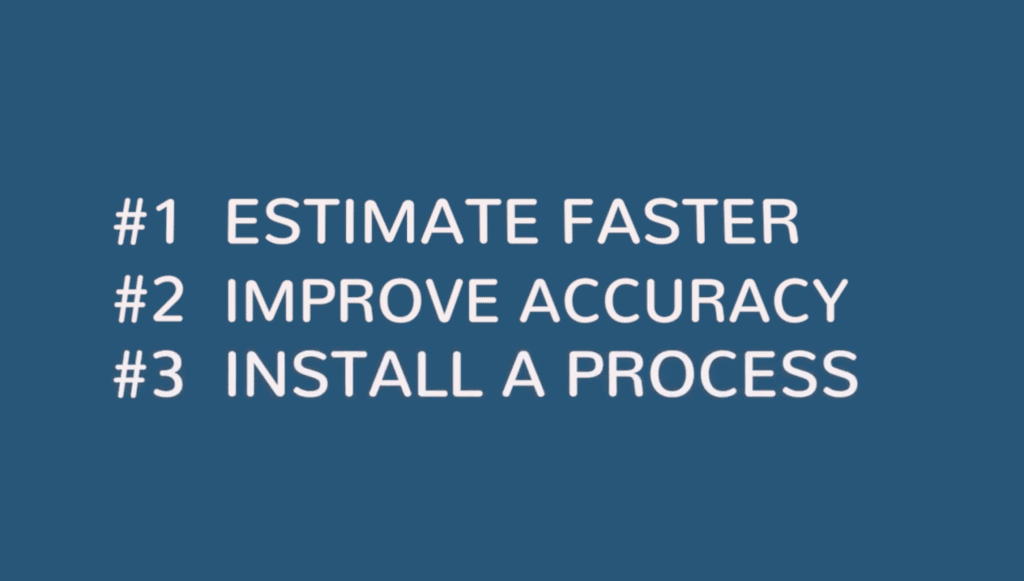
By way of elaboration: let’s make your estimation process much quicker without compromising on accuracy. Secondly, improve the accuracy of said estimation process over time. And, lastly, how to install a process that’s going to continually feedback into itself.
Think of it as a machine-learning algorithm, only you are going to develop it specifically for your business and for your estimates.
So, without further ado, let’s dive into the framework required to generate your estimation process both fast and accurately!
Scoping Metrics
The first and most important thing to identify is what I refer to as your Scoping Metrics. The simplest way to explain this is thusly: think about it in terms of the questions you’re asking clients when in the Discovery Process.
For example; for every ‘X’ required by your client equates to the complexity or effort of your client’s project – whether it be the more webpages the client needs; the more ad spend the client has; or the more blog posts per month they need you to write – whatever is most applicable to you and your services.
The Discovery Process is all about establishing client needs, so you should triangulate how much time and effort it’s going to require for you to do this thing!
And those, dear readers, are the ingredients or inputs of your Scoping Metrics; the questions you’re asking and the data points you’re collecting from the client.
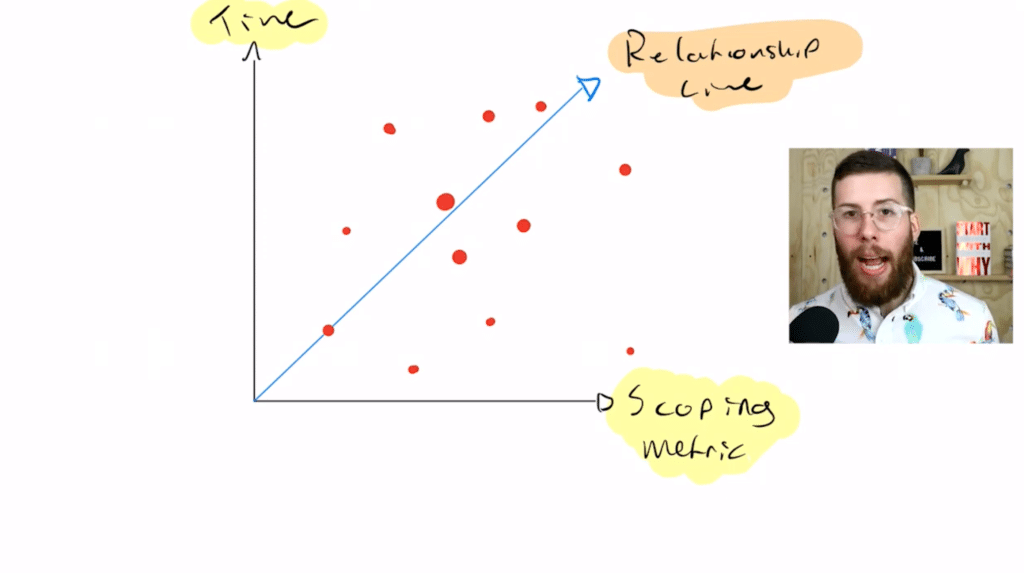
Collecting Estimates Data
We want to develop this Relationship Line between our Scoping Metric and the time, or effort, or cost (i.e. your ‘X’) that it’s going to take in order to deliver these outcomes to clients.
So, the first step here involves collecting data on the relationship between those two things. Basically, map how much time you thought it was going to take versus how much time it actually took. The more data points we get, the more reliable that that trend line will become – creating a data-driven estimation process that’s fast and accurate.
Don’t worry, I do a deep dive into this around the 3:41 minute mark of the podcast.
Side note: our Agency Profit Toolkit is a one stop shop for you to be able to outline some of these crucial profitability numbers to a potential buyer. Spreadsheets, templates and training videos, you name it, it’s all in the toolkit. Grab yours free at the link below:
Garner Team Feedback
Once you have the required data points, then we want to take that into conversations with the team, getting those important feedback loops in place. In fact, we’ve done an episode on this very topic (Episode 44, ‘Collaborative Process Improvement’).
Essentially, once you’re collecting this data from the team – and you’ve got your Estimates and Actuals (3:12 mark of Ep. 44) – you can then implement the best process to improve the efficiency of the business and basically create a model of repeatable excellence!
This, in turn, is going to drive process improvements, which are the final key step of this thing. When we track actual versus estimates, we’re placing data points on this graph which, in turn, defines our Relationship Line. This will start to create rails on that graph, causing those data points to push towards the center.

Installing Estimates Processes
As we start to push the data points closer to the Relationship Line, we make the process itself more predictable which – of course – makes estimating a lot easier because as we have more regularity, and more of a normal distribution to those data points.
In other words, this process is starting to close the area of uncertainty around how much time, effort, or money it might take us to get a certain thing done.
Over time, we start to collect more data than our Relationship Line, and it starts to become progressively reliable. Next thing you know, we have this scientific assertion stating “for every ‘X’ number of scoping metrics, it’s going to take this much time/cost/effort to get it done.”
This is just going to get increasingly accurate. Then, all you really have to do is account for client contingency.
Key Takeaway
The final myth I want to bust around this topic is that you must spend a lot of time generating estimates in order for them to be accurate.
The truth is if you set up your infrastructure properly – and you get the correct data flow, plus install the right processes – that does not have to be the case.
So, by way of summary…
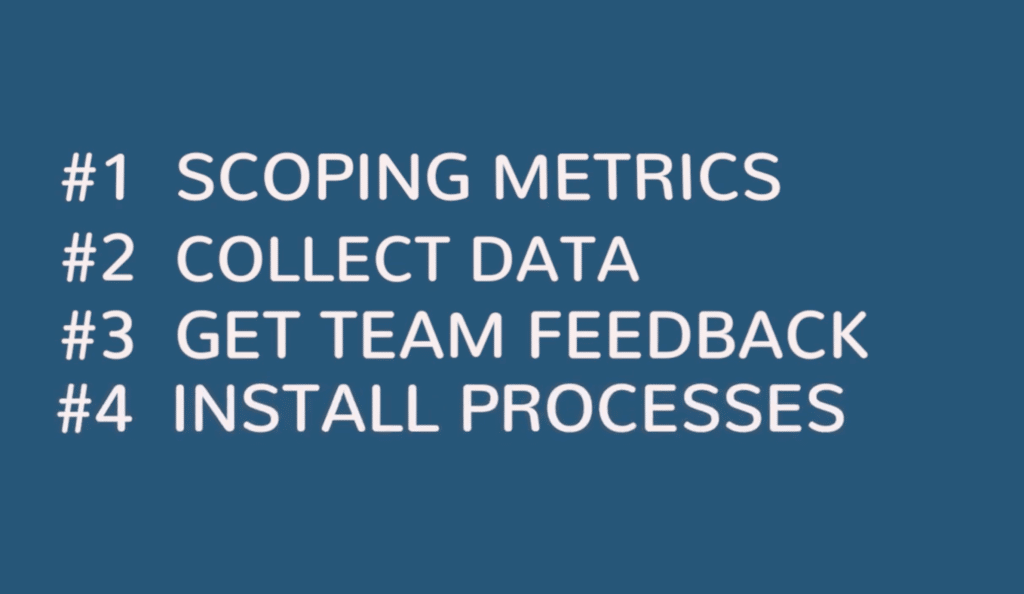
#1 – Identify Scoping Metrics: Make sure that you’re capturing those and quantifying those number to make sure that you are collecting data
#2 – Collect Data: This is to ensure you can understand the relationship between your scoping metrics and the effort required to deliver outcomes to your clients.
#3 – Get Team Feedback: Make sure you get feedback from your team on where the gaps are and how to improve and close those gaps.
#4 – Install Processes: This will start to normalize the distribution of the data points on your Relationship Line Graph. So, essentially making the processes that you’re trying to estimate more predictable.
Do those four things well, and you will see your estimation process become increasingly accurate and efficient over time.
If you found this helpful, and you’re looking for more resources to improve your agency’s profitability, grab our Profitability Toolkit via parakeeto.com/toolkit
Or, check out our post on the Fractional COO.
Want to see more from me? You can do that @…
Did you learn anything new from this episode? Let us know in the comments below – we value your feedback! Our next installment of #APP, on October 28th, will see us chat with Rob Harr. To view our previous blog with John Jantsch, make your way here…
Agency Profitability Tool Kit
Check out the Agency Profitability Tool Kit – it’s full of the same templates and checklists we’ve used with consulting clients to help them improve their profitability by over 100% in under 60 days.

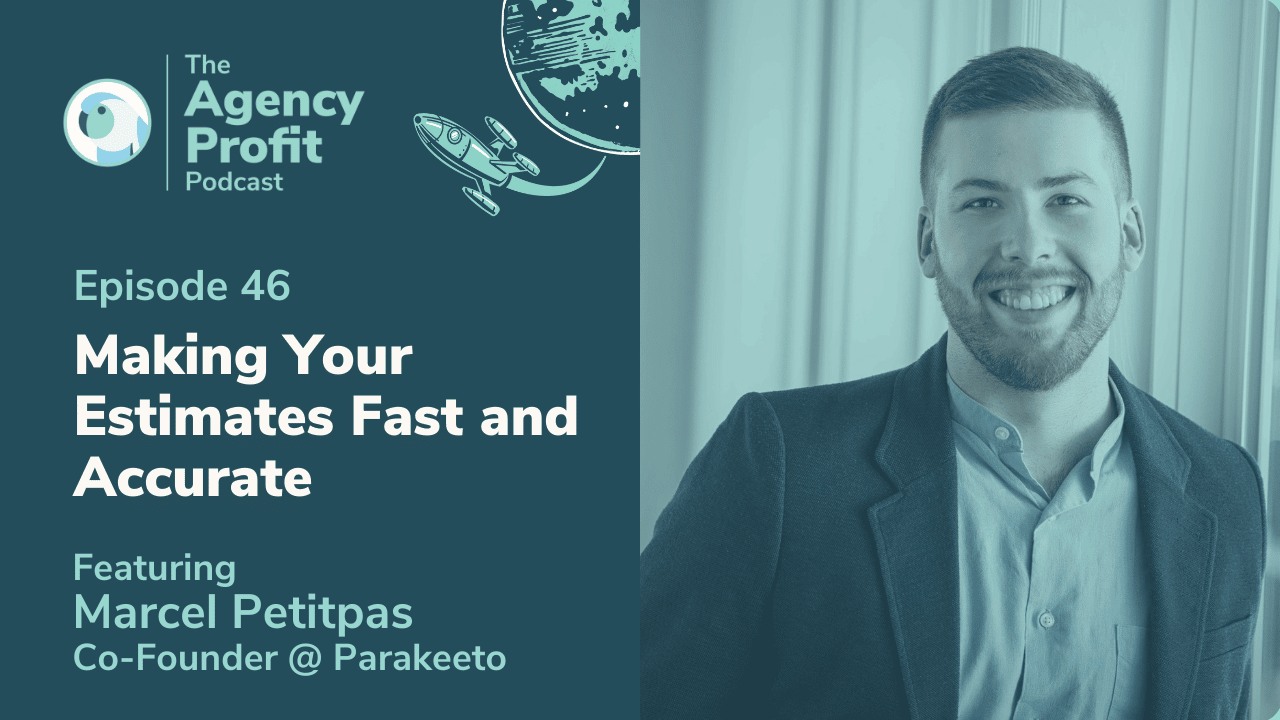


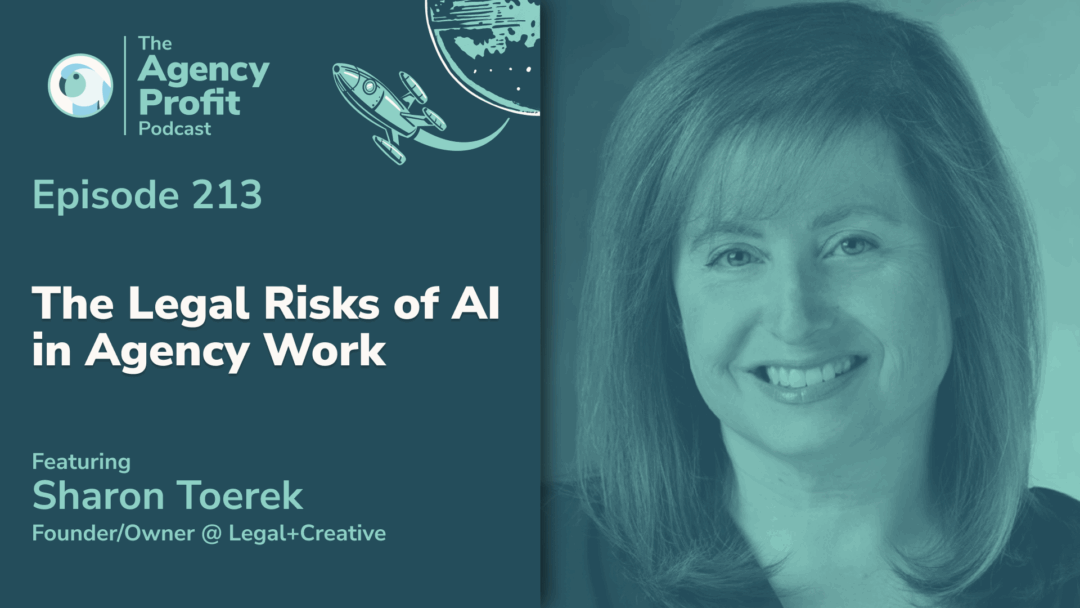
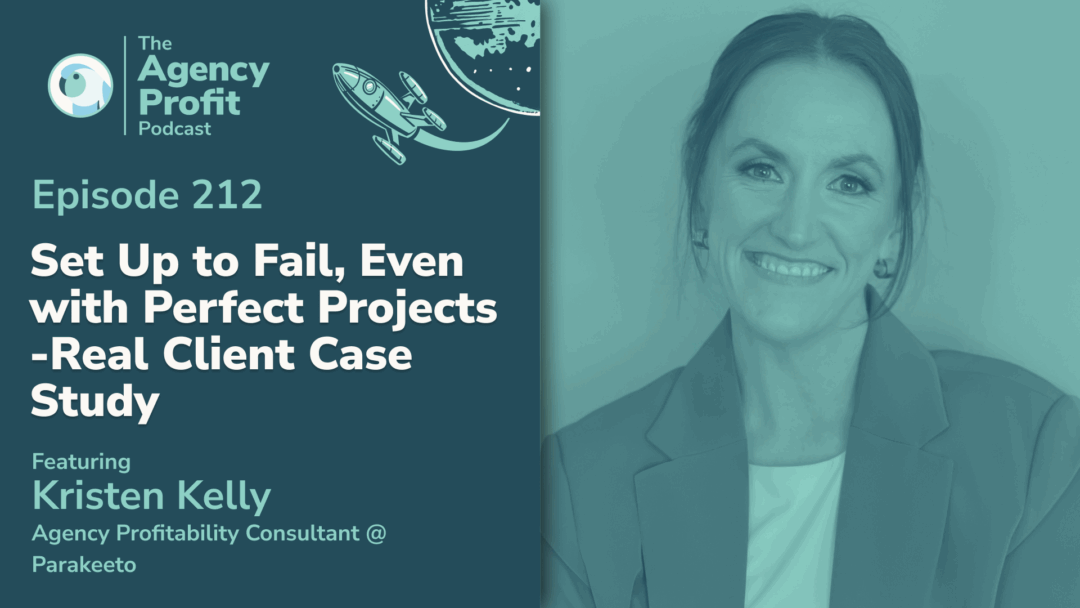

0 Comments